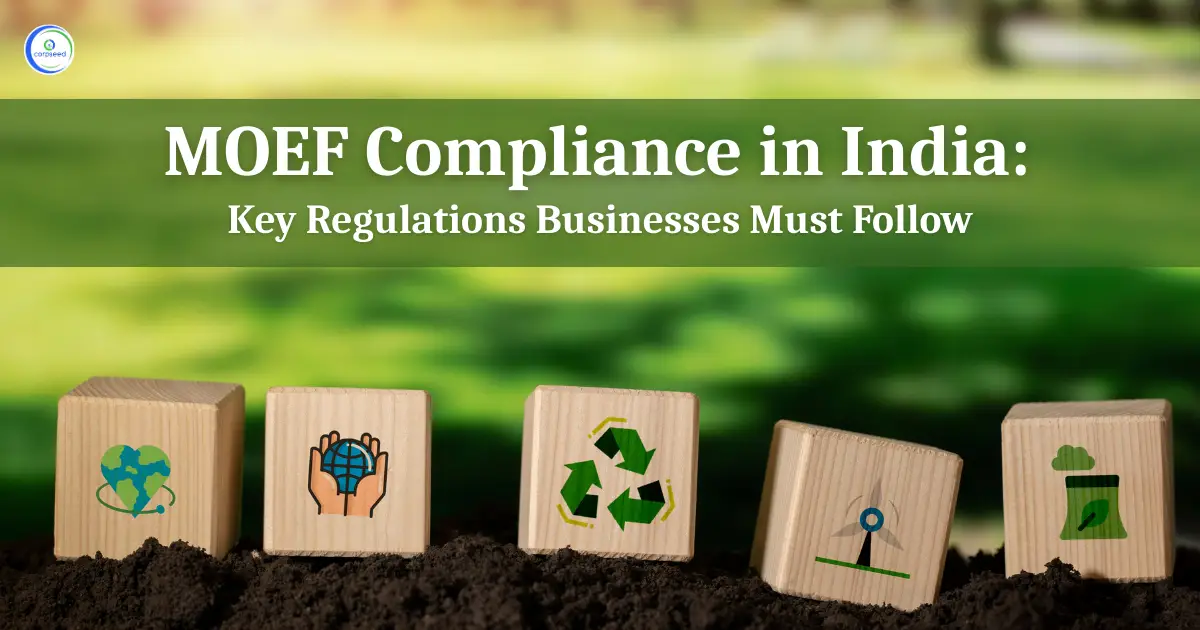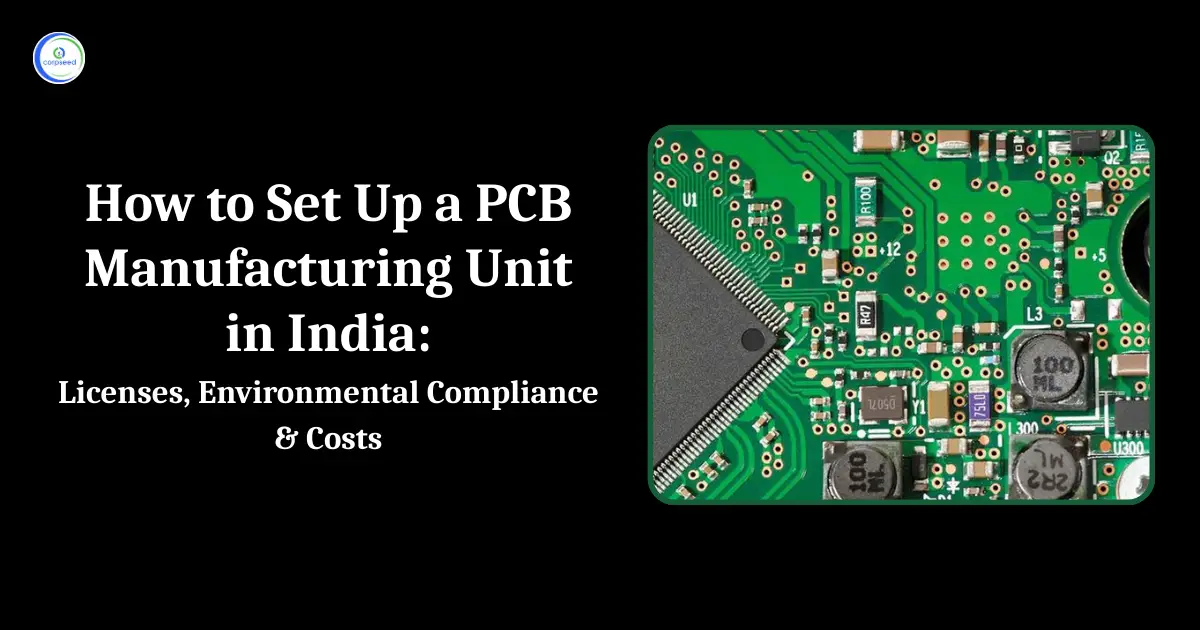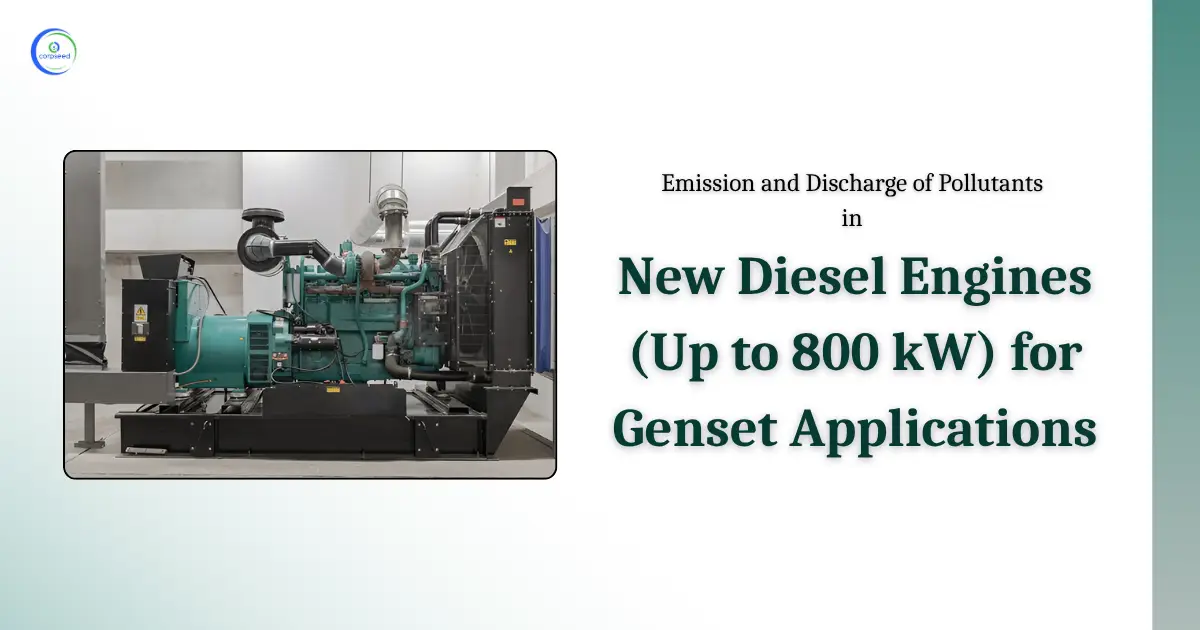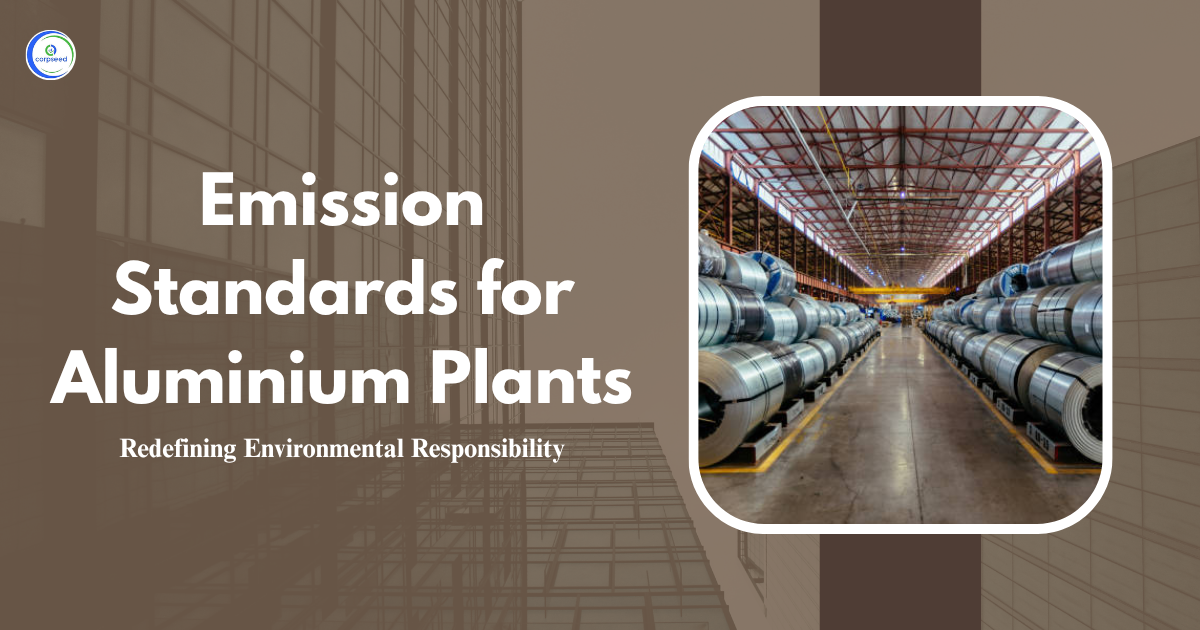Tannery operations are crucial in leather production, but they often contribute to serious environmental pollution due to the use of chemicals and water-intensive processes. After primary treatment, water from tannery operations must fulfill certain environmental principles to reduce negative impacts on the ecosystem and public health. Understanding these standards is important for tannery owners to ensure legal compliance and sustainable practices.
Table of Contents
Understanding the Environmental Protection Rules, 1986
The Environment (Protection) Act of 1986 is the basis of environmental regulation in India. It gives the government the power to take action against those industries that pose a threat to environmental health. The Act highlights the framework for controlling and managing environmental pollution. Under its jurisdiction, the Environment (Protection) Rules, 1986 were introduced to set emissions and emission limits for several industries including tanneries.
The Act and the Rules give particular guidelines on how the pollutants of tannery units should be carried out. These include the parameters of waste discharged after primary treatment. For industries like tanneries, pollution control measures are implemented by the Central Pollution Control Board (CPCB) and State Pollution Control Boards (SPCB). These agencies ensure that industries adhere with national standards for environmental protection.
--------------Blog Contact Form-------------
Environmental Pollutants from Tannery (After Primary Treatment)
After basic treatment, tannery waste still contain contaminants that can be harmful if not treated properly. The key pollutants from tannery effluents include:
- Chromium: Tannery wastewater, especially from chrome tanneries, often contains chromium, a toxic substance that can lead to water pollution and soil pollution.
- Suspended Solids (SS): These are particulate matter that remain suspended in wastewater, making it tough to treat and posing threats to aquatic life.
- pH Levels: The pH level of tannery effluent can differ and should be within a specified range (6.5 – 9.0) to prevent harm to aquatic ecosystems.
- Organic Contaminants: The organic material from tanning processes can lead to high levels of Biochemical Oxygen Demand (BOD) and Chemical Oxygen Demand (COD), reducing the oxygen available for water bodies.
- Salts and Other Chemicals: Tannery effluents may encompass salts and other chemicals used in the tanning process, which can pose long-term environmental risks if not properly treated.
Benefits of Emission Standards
Emissions standards play an important role in ensuring that tannery operations are sustainable, environmentally friendly and legally compliant. Below are some of the key benefits of following these standards:
- Reduced Environmental Pollution: By ensuring that tannery pollutants are within legal limits, emissions standards help reduce water and soil pollution, which is important for ecosystem health.
- Legal Compliance: Following emission standards prevents legal penalties and ensures that tanneries function within the framework set by CPCB and SPCBs.
- Health and Safety: Proper treatment of waste minimizes harmful substances in wastewater, guarding public health by avoiding the spread of toxic substances such as chromium and other heavy metals.
- Enhanced Reputation: Tannery businesses that comply with stringent emissions standards enhance their image as environmentally responsible, attracting consumers who prioritize sustainability.
- Cost Savings: Efficient waste management and water treatment methods can lead to operational cost reductions, such as lower water treatment costs and less fines for pollution violations.
Tannery (After Primary Treatment) Emission Standards
For tanneries, especially after the initial phase of treatment, there are some particular criteria that must be fulfilled before discharging their waste into the environment or into a secondary treatment facility. These include:
- pH Level: Effluent pH must remain within the range of 6.5 to 9.0 to prevent acidic or alkaline contamination of water sources.
- Suspended Solids (SS): The suspended solids in the effluent should not exceed 600 mg/L to ensure that water bodies are not clogged or contaminated with excessive particulates.
- Chromium Concentration: For chrome tanneries, the chromium concentration after primary treatment should not surpass 45 mg/L in the effluent. This limit ensures that harmful levels of chromium do not spread to water bodies, where it can be toxic to aquatic life.
- Combined Chrome & Vegetable Tanneries: The emission standards for combined chrome and vegetable tanneries also follow the same parameters for pH and SS levels, with rigorous controls on chromium discharge.
- Contribution to CETP: These standards apply precisely to tanneries that make a full contribution to a Common Effluent Treatment Plant (CETP) that offers secondary treatment. CETPs play a vital role in treating tannery effluents before they are discharged into the environment.
Also Read: What are the Standards for Emission or Discharge of Environmental Pollutants for Boilers
Monitoring and Reporting
To ensure that tanneries fulfill emissions standards, continuous monitoring and accurate reporting is vital. This involves several processes:
- Regular Sampling and Testing: Tannery waste must be tested regularly for significant contaminants such as chromium, suspended solids, and pH. Laboratories recognized by the CPCB or SPCB usually perform these tests.
- Record-Keeping: Tanneries need to maintain records of the quality of their waste, including contaminant concentrations and treatment processes used. This information is important for inspection by regulatory authorities.
- Inspection by Authorities: The CPCB and SPCB conduct periodic inspections to check whether tanneries follow to environmental standards. Non-compliance may result in fines or shutdowns.
- Annual Reports: Tannery units often need to submit annual environmental reports outlining their waste management practices and waste treatment methods. These reports help authorities track pollution levels and assess the efficiency of control measures.
- Environmental Audits: Periodic environmental audits can be performed to ensure that tanneries have maintained pollution control measures and are complying with emissions standards. This audit also identifies areas for improvement.
Conclusion
Emission standards of tanneries, generally after primary treatment, are necessary for maintaining environmental sustainability and safeguarding public health. By complying with these regulations, tanneries contribute to mitigating water pollution, safeguard ecosystems and enhance operational efficiency. The role of CPCB and SPCB in monitoring and implementing these standards ensures that the leather industry can grow by reducing its environmental impact.
To achieve long-term environmental goals, implementation of effective pollution control measures and constant monitoring of waste quality are crucial. With the increasing significance of sustainable industrial practices, tanneries that are compliant with emissions standards are not only helping to protect the environment but are also putting themselves as leaders in responsible manufacturing.
This portion of the site is for informational purposes only. The content is not legal advice. The statements and opinions are the expression of author, not corpseed, and have not been evaluated by corpseed for accuracy, completeness, or changes in the law.
BOOK A FREE CONSULTATION
Get help from an experienced legal adviser. Schedule your consultation at a time that works for you and it's absolutely FREE.
_Corpseed.webp)






_Corpseed.webp)
.webp)
